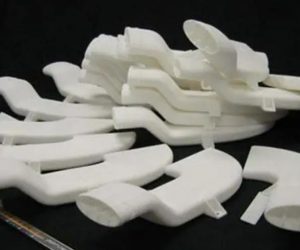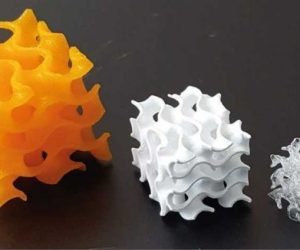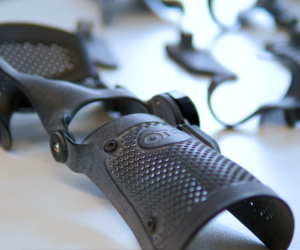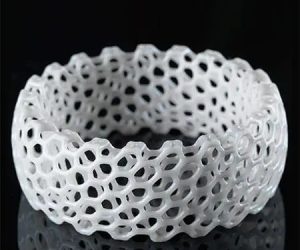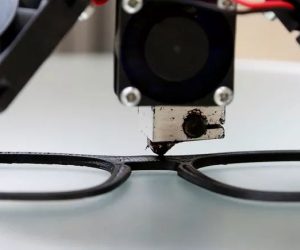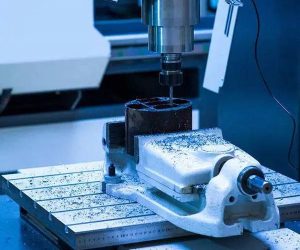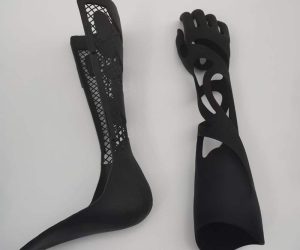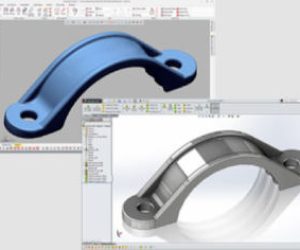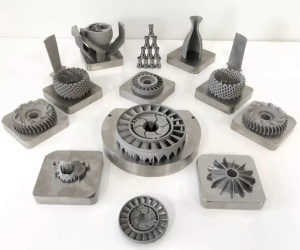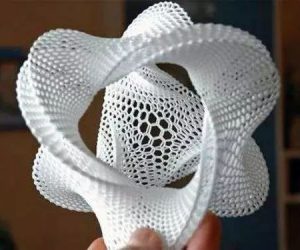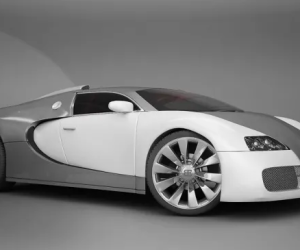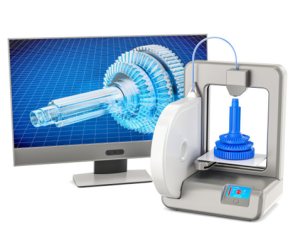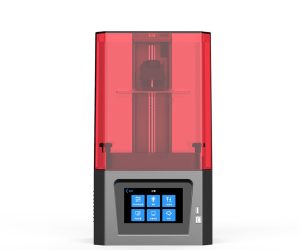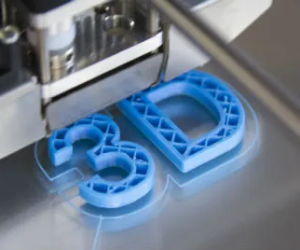Blog Center
Innovative Insights: Exploring the 7 Additive Manufacturing Processes Revolutionizing Modern Industry
This guide delves into the seven transformative additive manufacturing processes revolutionizing modern industry. You'll discover the innovative technologies and applications that are driving this shift, from rapid prototyping to high-precision production. Gain an in-depth understanding of the processes, materials, and potential of additive manufacturing. With this comprehensive guide, you'll gain...
Selective Laser Sintering (SLS) Applications and Materials: A Comprehensive Guide
This guide provides an overview of the applications and materials used in Selective Laser Sintering (SLS) technology. It covers the principles of SLS, its various industrial and medical applications, and the materials that are suitable for this additive manufacturing process. The guide also includes information on the advantages and limitations...
Master the Art of 3D Printing: Become a Pro in No Time
This comprehensive guide teaches you how to master the art of 3D printing like a professional. You'll learn the ins and outs of 3D printing technology, from choosing the right printer and materials to optimizing your designs for the best results. With step-by-step instructions and expert tips, you'll be able...
3D printing technology may enter the construction sector
Have you seen 3D movies and have you heard of 3D printing technology? The ordinary printers in our lives print out flat graphics, 3D printing adds one more dimension than this, but works on roughly the same principle, just with different materials. Nowadays, 3D printing technology has actually been used...
Unleashing the Power of 3D Printing: Exploring the Revolutionary Technology
This guide delves into the world of 3D printing, exploring its potential and revolutionary impact on various industries. You'll learn about the technology's capabilities, limitations, and future trends, as well as discover innovative applications in fields such as healthcare, manufacturing, and design. With this comprehensive guide, you'll unlock the full...
Ways to control the temperature of your 3D printer
If you are a 3D printing enthusiast, you know how important it is to maintain a consistent temperature for your prints. Temperature affects the quality, strength, and appearance of your 3D printed objects. Too hot or too cold, and you may end up with warping, cracking, stringing, or other defects....
50% of manufactured goods could be 3D printed by 2060
3D printing is a technology that allows the creation of physical objects from digital models by depositing layers of material on top of each other. 3D printing has the potential to revolutionize the way we produce and consume goods, as it enables customization, decentralization, and innovation. According to some experts,...
Breathe Easy: Revolutionizing Lung Disease Treatment with 3D Printing Technology
we explore the exciting intersection of 3D printing technology and lung disease treatment. Discover how 3D printing is transforming the way medical professionals approach the diagnosis, treatment, and management of lung diseases such as chronic obstructive pulmonary disease (COPD), cystic fibrosis, and lung cancer. From creating personalized implants to developing...
Unleashing the Difference: Industrial Grade vs Desktop Grade 3D Printing
we delve into the nuances of industrial grade and desktop grade 3D printing, exploring their differences, advantages, and applications. Whether you're a professional in the industry or just starting out, this guide will help you make an informed decision on which type of 3D printing is best suited for your...
Innovation Unleashed: Design, Modeling, and 3D Printing
we delve into the world of design modeling and 3D printing, exploring innovative techniques that push the boundaries of creativity and innovation. From conceptualizing ideas to creating detailed models, we'll explore how these technologies can transform the way we approach design and manufacturing. Join us as we explore the potential...
Titanium Takes Flight: Power of Additive Manufacturing in Aerospace Applications
we explore the revolutionary impact of additive manufacturing on titanium aerospace applications. From understanding the unique properties of titanium to mastering the latest additive manufacturing techniques, this guide provides a comprehensive overview of how these cutting-edge technologies are transforming the aerospace industry. Discover how additive manufacturing enables lightweight, complex, and...
Metal Magic: Unleashing the Power of 3D Printing Systems
I. Introduction A. Overview of Metal 3D Printing Systems Metal 3D printing systems have revolutionized the manufacturing landscape, introducing cutting-edge technologies that enable the creation of intricate and robust metal components. Unlike traditional manufacturing methods which rely on subtractive processes like milling, turning, and grinding, metal 3D printing allows for...
Revolutionizing Design: Prospect Prototype Model Making with 3D Printing
I. Introduction Prospect prototype model making is a crucial step in the design process, as it allows designers to test and refine their ideas before moving on to full-scale production. By creating a physical model of their concept, designers can evaluate its feasibility, functionality, aesthetics, and user experience. Prospect prototype...
Selective Laser Sintering: The Future of Additive Manufacturing Technology
Selective laser sintering (SLS) is a groundbreaking additive manufacturing technology that has revolutionized product design and manufacturing. This article delves into the intricacies of SLS, discussing its working principle, materials used, and the diverse applications it has in various industries. Discover how SLS is shaping the future of manufacturing, pushing...
Fused Deposition Modeling (FDM) Applications and Innovations
Introduction Fused Deposition Modeling (FDM), as a revolutionary additive manufacturing technology, has emerged. Fused Deposition Modeling (FDM), as a revolutionary additive manufacturing technology, has emerged and is changing the face of various industries. By stacking molten plastic filaments layer by layer, FDM offers unparalleled flexibility in creating three-dimensional objects. This...
3D printing advantages and technical principles
What is 3d printing rapid prototyping technology What is 3d printing technology? To be precise, 3D rapid prototyping is one of many rapid prototyping technologies. Rapid prototyping technologies can be broadly classified into seven categories, including three-dimensional printing, stacked solid manufacturing, selective laser sintering, fused deposition forming, three-dimensional welding, three-dimensional...
3D printed hand plates need to be printed in disassembly?
3D printed hand plates may need to be printed in disassembly when the design of the hand plate is complex or larger than the build volume of the 3D printer. Printing in disassembly refers to breaking down the 3D model of the hand plate into multiple smaller parts or components...
Introduction to 3D printing and common printing materials
What is 3D Printing? 3D printing, also known as additive manufacturing, is a revolutionary technology that allows the creation of three-dimensional objects layer by layer, based on digital design data. Unlike traditional subtractive manufacturing methods that involve cutting and shaping materials, 3D printing adds material to build up the final...
What factors affect the LCD light-curing 3D printer printing speed
An LCD light-curing 3D printer, also known as an LCD resin 3D printer or a UV resin 3D printer, is a type of additive manufacturing device that utilizes liquid photopolymer resins to create three-dimensional objects. The internal structure of an LCD light-curing 3D printer consists of several key components that...
Why 3D printing is one of the best manufacturing processes
Before, many manufacturers were designing with the help of CNC machining etc. Nowadays, many manufacturers are already doing it through 3D printing. 3D printing is one of the best manufacturing processes today, and why is it so, because it has some advantages that traditional manufacturing cannot give. Thanks to the...
